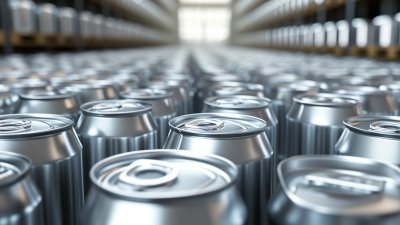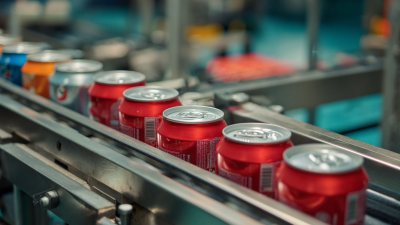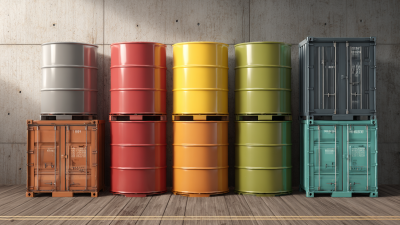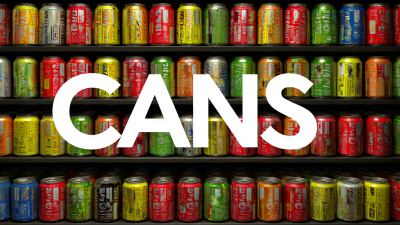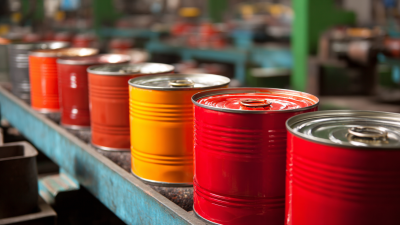 +817089618688
+817089618688
Free Standard Samples can be provided for you to check the quality.
Leave Your Message
In the ever-evolving culinary landscape, the choice of packaging plays a crucial role in the preservation and presentation of food products. Among the various packaging options available, the Food Metal Can has become a preferred choice due to its durability, extended shelf life, and ability to maintain flavor integrity. According to a study by the Food and Agriculture Organization (FAO), approximately 30% of global food waste can be mitigated through proper packaging solutions, highlighting the importance of choosing the right container. As the market for canned food continues to grow, projected to reach USD 100 billion by 2027 according to ResearchAndMarkets, understanding the nuances of different Food Metal Can types—such as size, material composition, and canning technology—is essential for both home cooks and food manufacturers. This guide aims to provide you with the insights needed to select the optimal Food Metal Can for your culinary requirements, ensuring that quality and taste are preserved effectively.
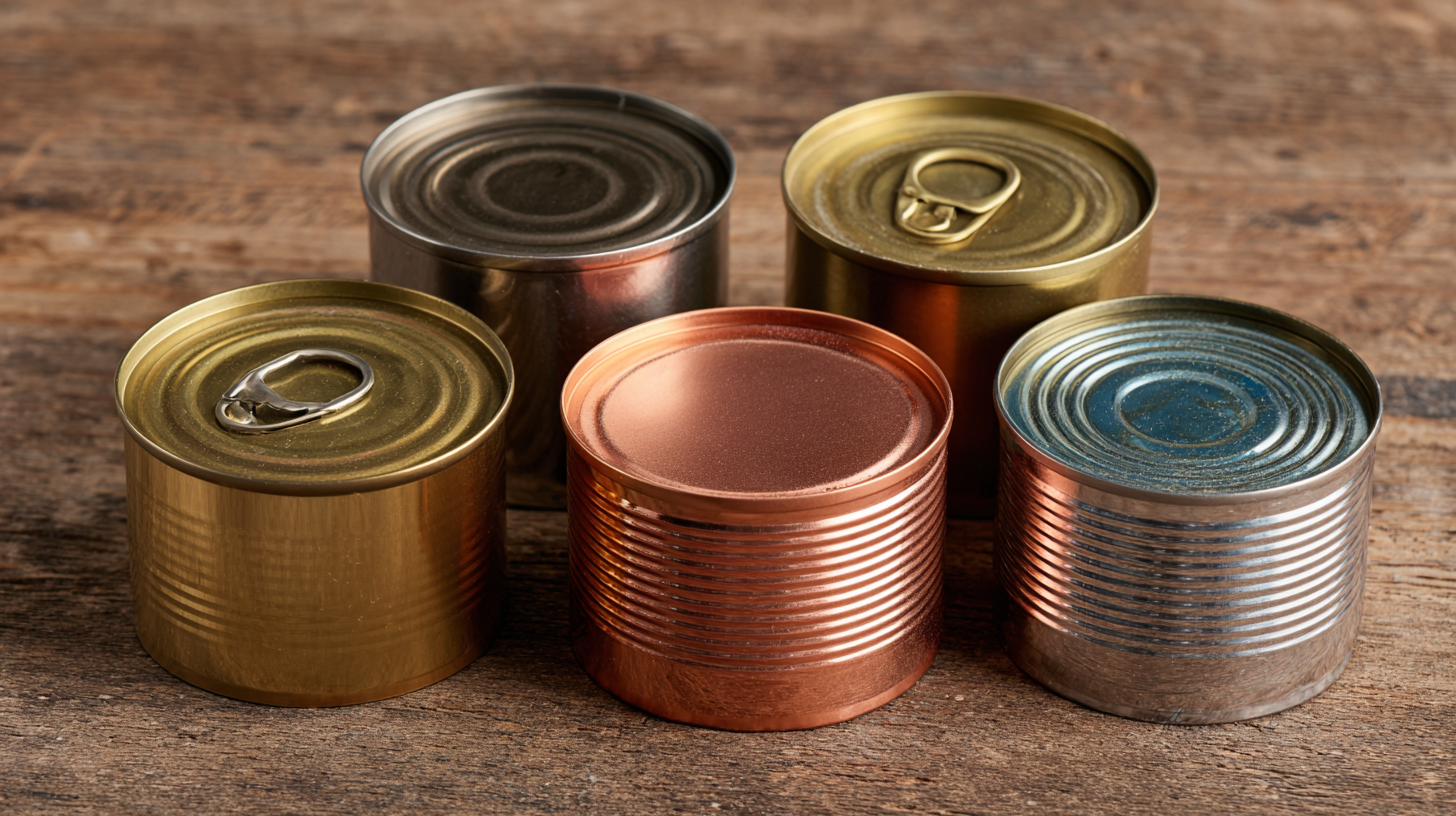
When selecting the right food metal can for culinary needs, it is essential to understand the various types available and their specific applications.
The most common types include aluminum cans, steel cans, and tinplate cans.
Aluminum cans are lightweight and resistant to corrosion, making them ideal for beverages and some food products.
They are often used for canned fruits, vegetables, and soups, providing an excellent barrier to oxygen, which helps preserve freshness.
On the other hand, steel cans are more durable and suitable for heavier items such as meat, fish, and vegetables.
These cans have a higher resistance to dents and can withstand the rigors of shipping and storage.
Tinplate cans are typically used for items that require protection against light and moisture, such as coffee and baked goods.
Understanding these distinctions allows culinary professionals to choose the appropriate metal can that will best maintain the integrity and quality of their products.
When considering food metal cans, the choice between aluminum and steel significantly influences preservation quality. Aluminum cans, which possess excellent resistance to corrosion and lightweight properties, are often favored for products requiring extended shelf life. According to a study published by the Food Packaging Institute, aluminum cans can maintain food freshness for up to two years due to their airtight seals and protective interior coatings that prevent leaching. This makes aluminum an ideal choice for acidic foods, such as tomatoes and fruit juices, which can negatively react with other materials.
On the other hand, steel cans, known for their strength and durability, provide an exceptional barrier against light and oxygen. A report from the Can Manufacturers Institute indicates that steel has a longer shelf life for certain products, particularly those high in fats or oils, lasting up to five years without significant degradation. However, they are heavier and may be more susceptible to rust over time if not properly coated. Therefore, understanding the specific culinary needs and preservation requirements is crucial when choosing between aluminum and steel cans to ensure optimal quality and longevity of food products.
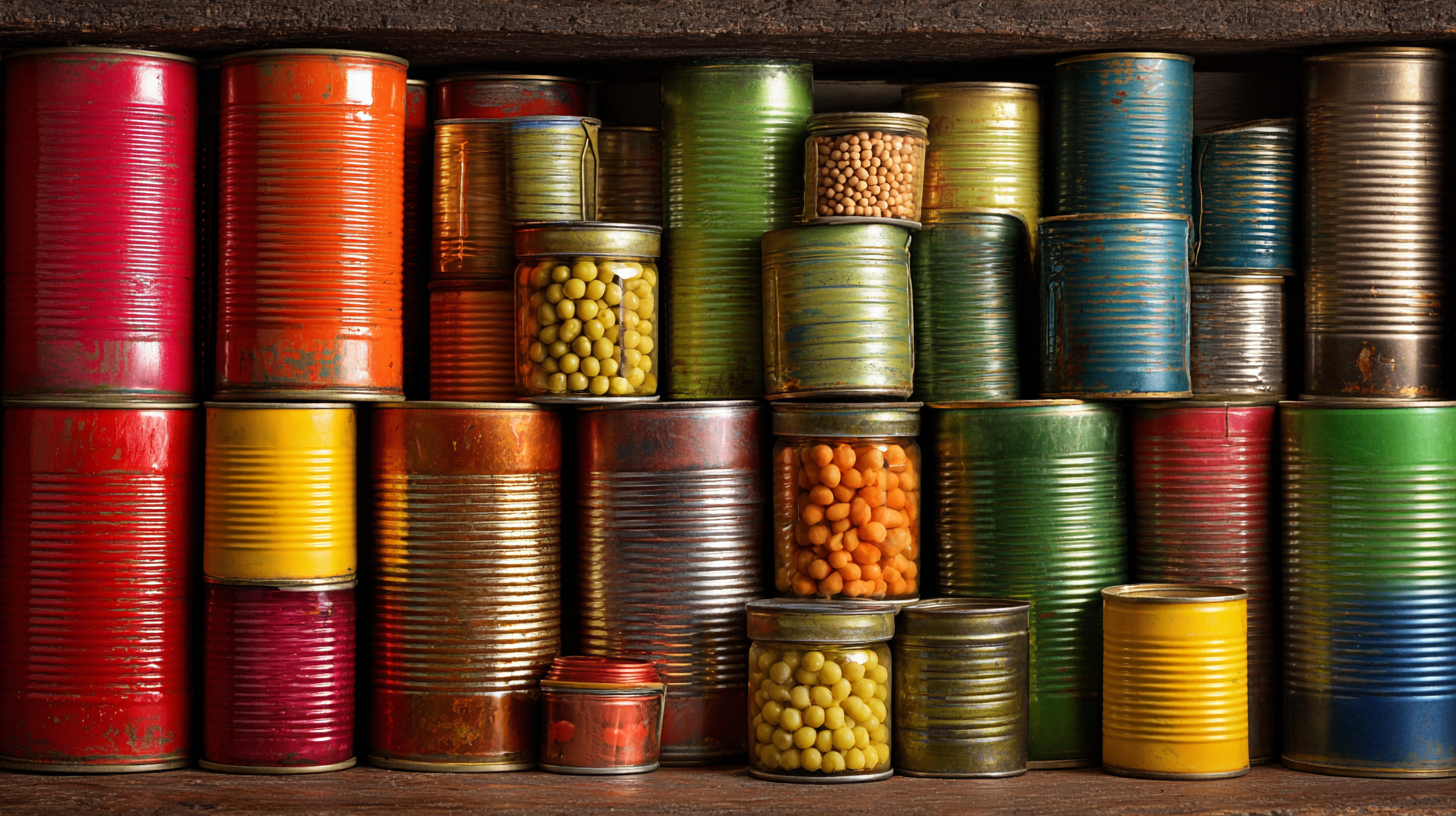 When selecting a food metal can for your culinary needs, analyzing the size and shape is crucial to ensuring successful recipes. Different dishes require varying dimensions to achieve optimal cooking or storage results. For instance, tall and slim cans may suit liquids and soups, allowing for easier pouring, while short and wide cans might be better for stews or solid foods, as they facilitate more even heating.
When selecting a food metal can for your culinary needs, analyzing the size and shape is crucial to ensuring successful recipes. Different dishes require varying dimensions to achieve optimal cooking or storage results. For instance, tall and slim cans may suit liquids and soups, allowing for easier pouring, while short and wide cans might be better for stews or solid foods, as they facilitate more even heating.
Moreover, consider the volume of food you typically prepare. Standard recipes often use specific can sizes, so aligning your can choice with these measurements can enhance your cooking efficiency. Additionally, think about the intended use—whether you’re canning, storing, or serving. A well-chosen can not only helps in achieving the desired texture and flavor of the dish but also simplifies the process of portion control and serving. By thoughtfully evaluating can dimensions relative to your specific culinary requirements, you can enhance both your cooking experience and the quality of your meals.
When selecting metal cans for food storage, it's essential to prioritize safety, particularly concerning harmful substances like Bisphenol A (BPA) and per- and polyfluoroalkyl substances (PFAS). These chemicals have been linked to various health risks and are often found in food packaging materials, including metal cans. BPA, widely used in plastics, can migrate into food, highlighting the importance of opting for BPA-free options. Consumers should be aware of not just BPA but also the potential presence of PFAS in food contact materials, which poses additional health concerns.
**Tips:** When choosing metal cans, always look for labeling that indicates "BPA-free" to ensure you are using a safer option. Additionally, inquire about the specifics of the can’s lining; manufacturers adhering to stringent safety standards will provide clear information regarding the chemicals used. It's also advisable to stay updated on emerging studies related to food packaging safety, as guidelines can change with new findings.
Maintaining food safety involves more than just the choice of can; it reflects a growing awareness around food contact materials. Research emphasizes the need for updated guidelines in assessing the risks associated with plastics and coatings used in food packaging. Being informed about the potential hazards associated with these materials can help consumers make better decisions for their culinary needs while safeguarding their health.
When selecting food metal cans, ensuring cost efficiency and sustainability is paramount for both consumers and businesses.
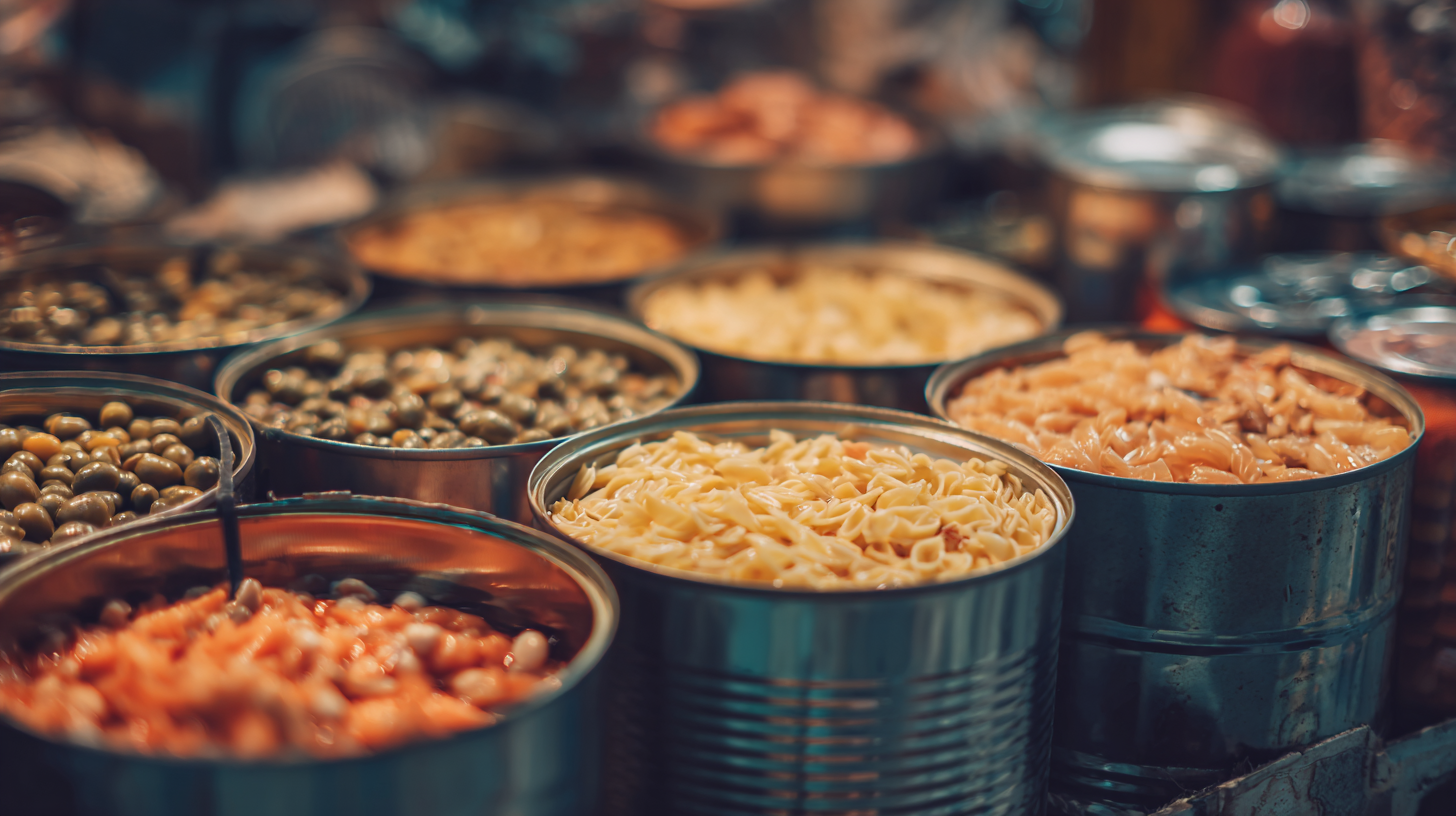 Metal cans, particularly aluminum and steel, offer long-lasting durability and can be recycled multiple times without loss of quality. This recyclability contributes to lower production costs and reduces the need for raw materials, which can be particularly beneficial in times of fluctuating prices.
Utilizing metal cans not only minimizes waste but also aligns with eco-friendly practices, making them an excellent choice for environmentally-conscious consumers.
Metal cans, particularly aluminum and steel, offer long-lasting durability and can be recycled multiple times without loss of quality. This recyclability contributes to lower production costs and reduces the need for raw materials, which can be particularly beneficial in times of fluctuating prices.
Utilizing metal cans not only minimizes waste but also aligns with eco-friendly practices, making them an excellent choice for environmentally-conscious consumers.
In addition to sustainability, the long-term benefits of choosing the right metal cans extend to food safety and preservation. Metal cans provide an airtight seal that protects contents from spoilage, reducing food waste and keeping products fresh for extended periods. This feature is invaluable in both home kitchens and commercial settings, where maintaining food quality is essential. By investing in high-quality metal cans, businesses can enhance their reputation while also practicing responsible resource management, ultimately leading to greater customer satisfaction and loyalty over time.
